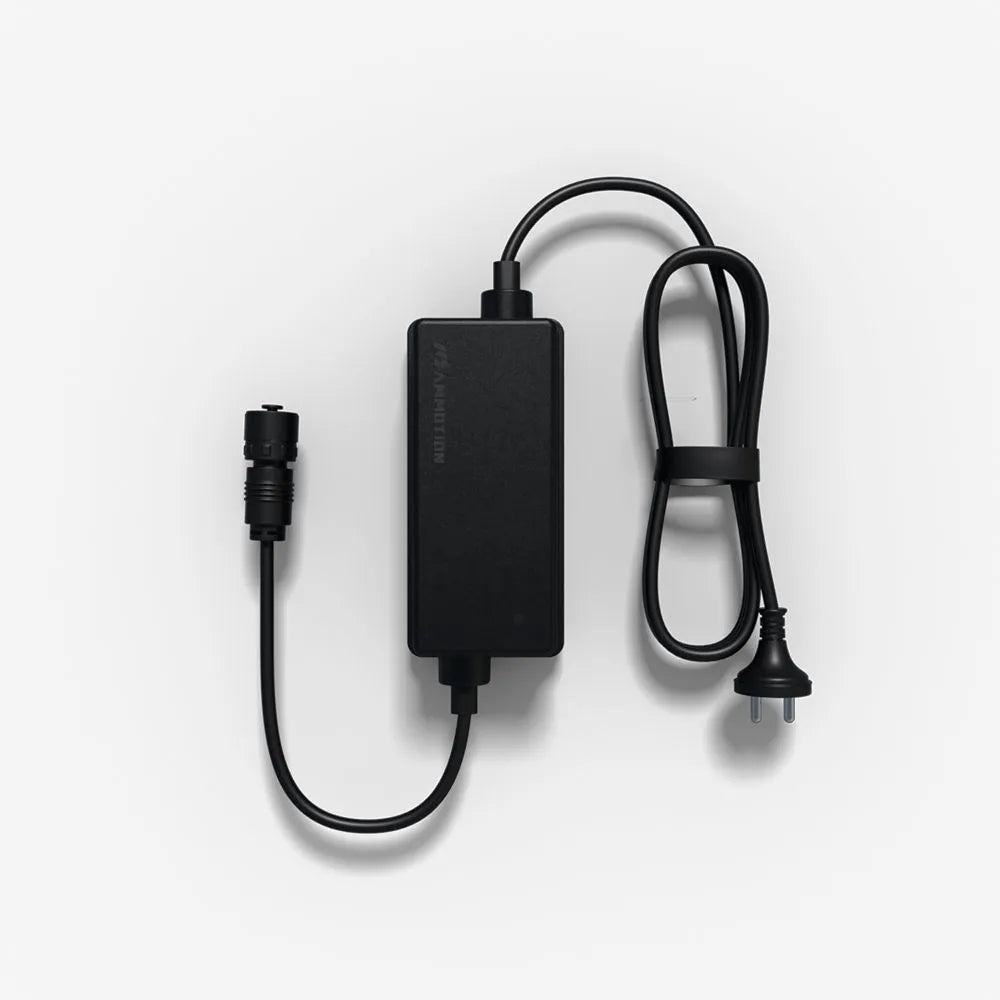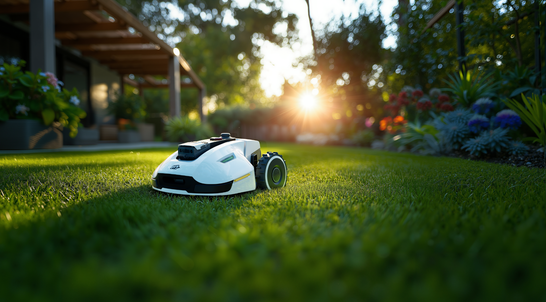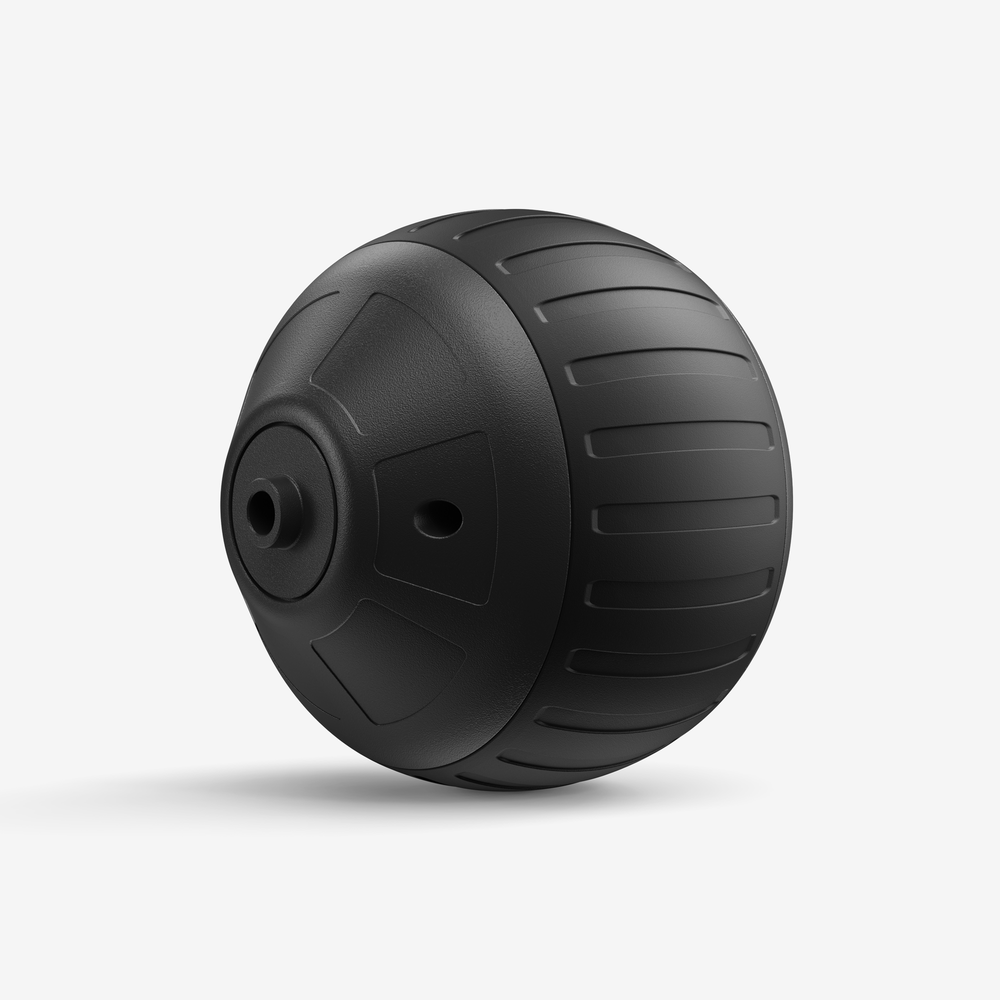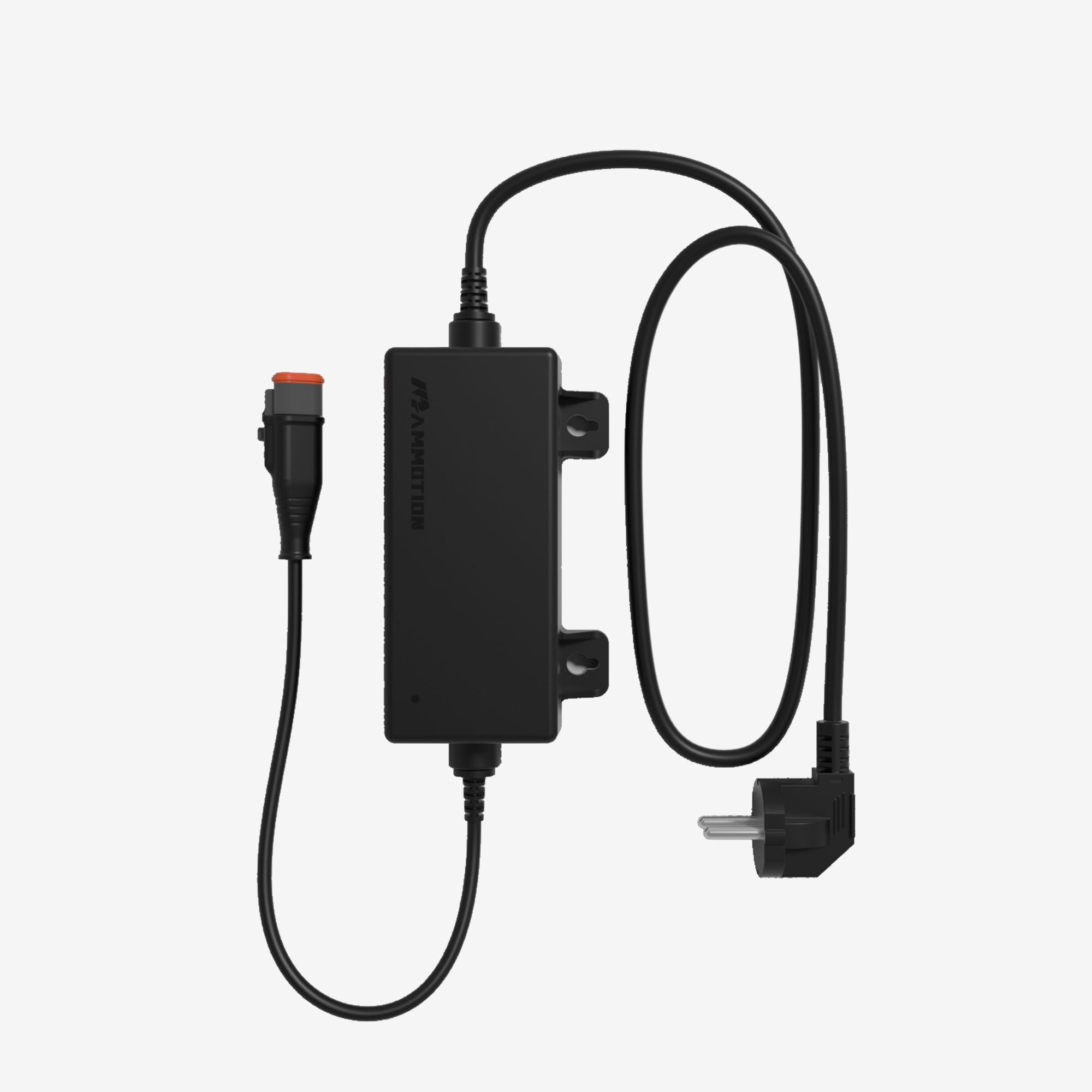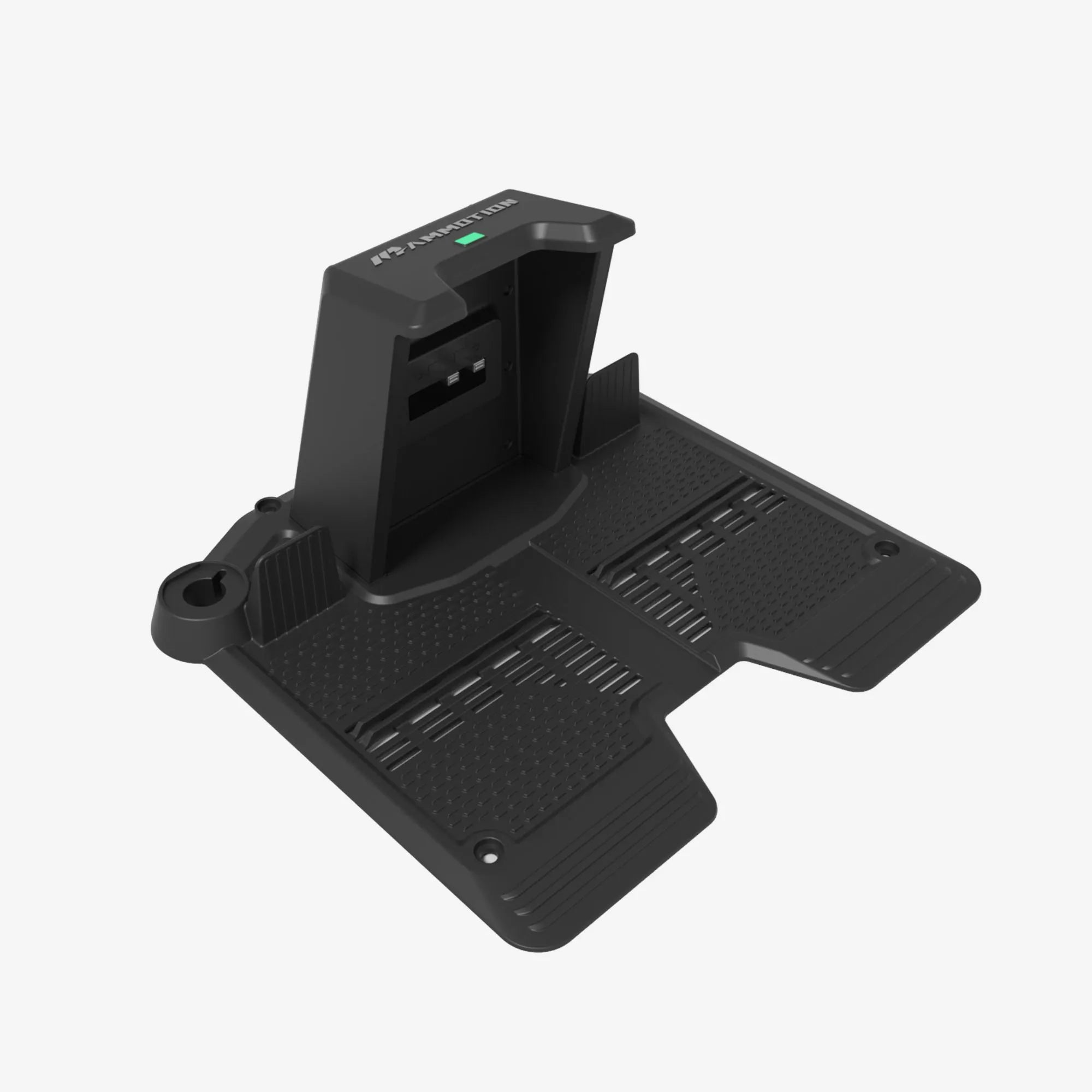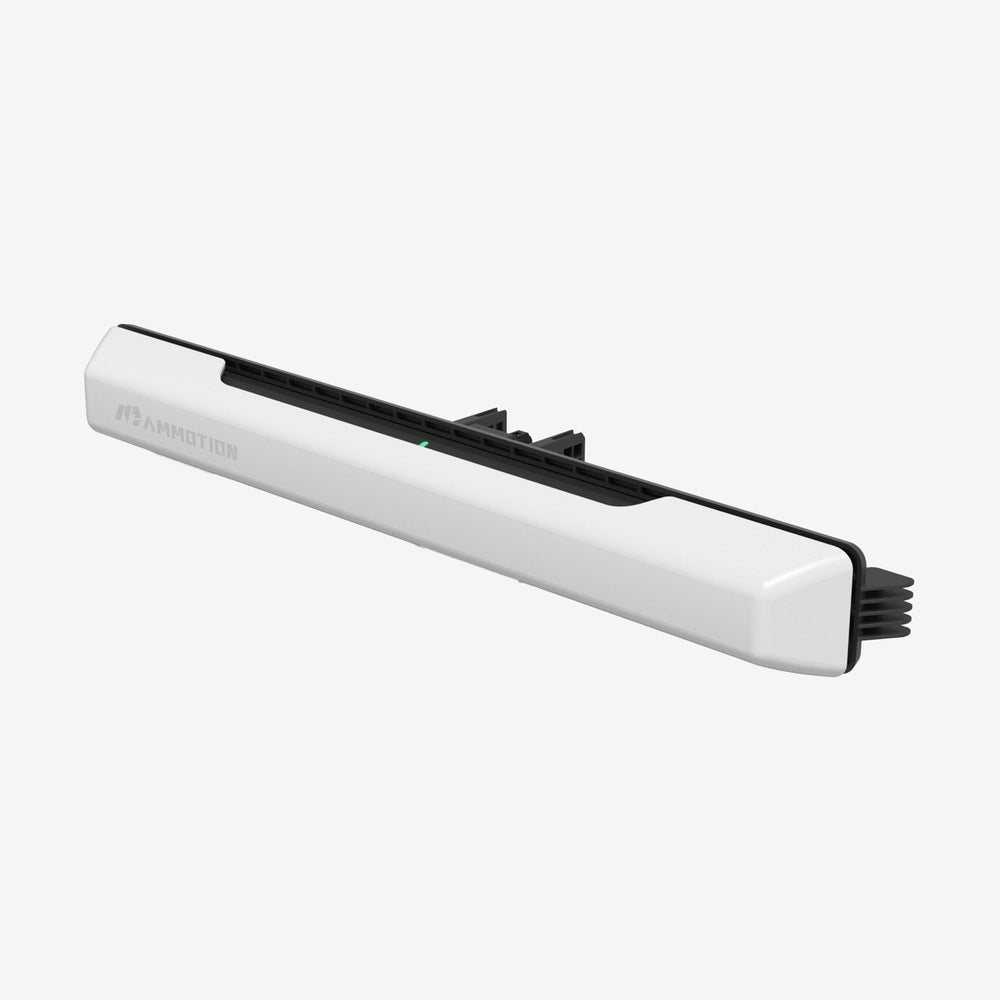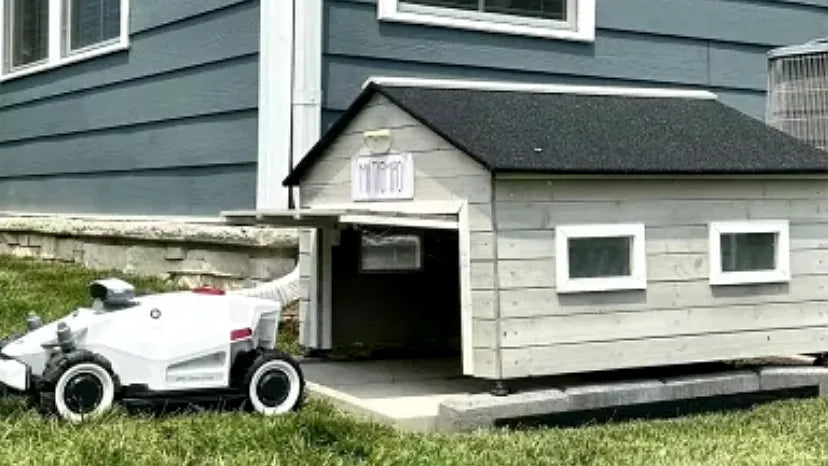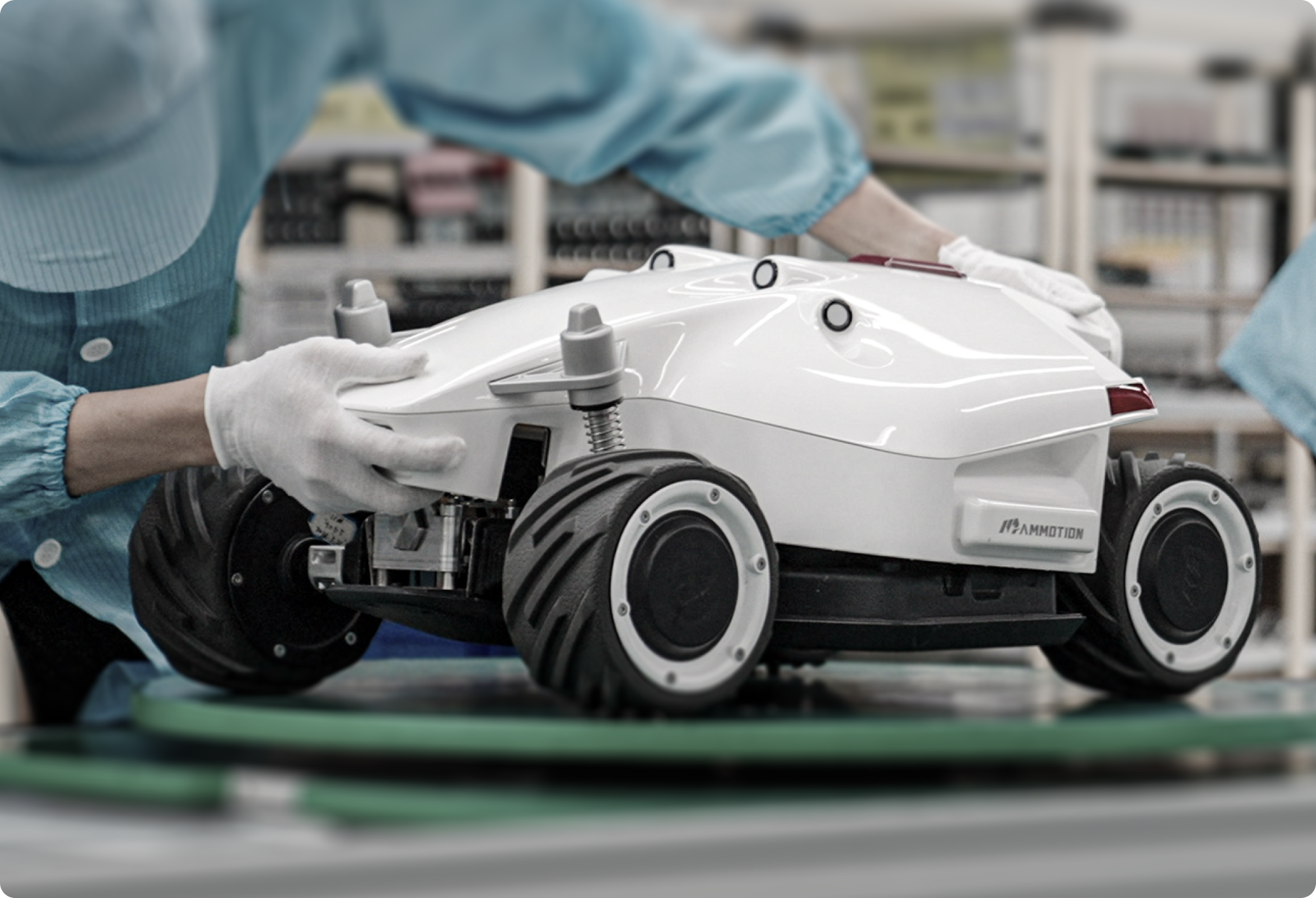Have you ever stepped outside on a Saturday morning, ready to mow, only to find your mower won’t start, the blades barely cut, or the engine makes that worrying sputter? In a country where rain, humidity, and fast-growing grass never seem to take a break, your mower works harder than you think.
A few clogged vents, dull blades, or a neglected battery can quickly turn into an uneven, patchy lawn — or worse, a costly replacement. That’s when timely grass mower repair and proper maintenance make all the difference.
Whether you own a traditional petrol mower or a smart robotic model like Mammotion, knowing how to identify problems early, fix simple issues, and choose a trusted repair service in the UK will keep your garden looking its best.
This guide will walk you through everything from common mower problems and quick fixes to finding reliable lawn mower repair UK services — plus expert tips to help you prevent breakdowns before they start. Let’s get your mower back in top form and your lawn greener than ever.
Part 1. Common Problems & How to Diagnose Them
Below are four of the most common problems British homeowners encounter — along with practical lawn mower repair tips you can apply right away.
1. Engine Won’t Start
Few things are more frustrating than pulling the cord or pressing the start button and hearing… nothing. Whether you use a petrol mower or an electric model, here’s how to diagnose the issue before calling a lawn mower repair UK service.
Step-by-step troubleshooting:
- Check the power source. For petrol mowers, make sure there’s fresh fuel and engine oil. For electric or robotic mowers, check battery charge and power connections.
- Inspect the spark plug. Remove it and see if it’s corroded or covered in carbon buildup. Replace if necessary.
- Examine safety switches. Modern mowers have safety locks or sensors that can prevent startup when engaged.
| Symptom | Likely Cause | Quick Check |
|---|---|---|
| No sound when starting | Empty fuel tank or battery issue | Refill fuel or recharge battery |
| Engine clicks but doesn’t turn | Dirty spark plug / air filter | Clean or replace the component |
| Mower shuts off quickly | Safety sensor triggered | Reset or check the safety switch |
💡 Average grass mower repair cost for a non-starting engine ranges between £100–£150 across UK workshops (source: MyJobQuote).
2. Uneven Cut or Patchy Grass
If your lawn looks uneven, striped, or patchy after mowing, the problem isn’t your grass — it’s likely your mower. This issue is one of the most frequent causes of grass mower repair calls.
Common causes include:
- Blunt or damaged blades. Dull blades tear rather than cut, leaving grass tips brown and uneven.
- Incorrect cutting height or speed. Cool-season grasses in the UK (like fescue and ryegrass) thrive when mowed at consistent heights — usually between 25 mm and 40 mm.
- Unbalanced wheels or deck. Robot mowers can drift or tilt slightly, causing uneven tracks.
Quick Fix Checklist:
- Disconnect power and inspect blades — sharpen or replace if dull.
- Adjust mowing height to suit grass type and weather.
- For robotic models, recalibrate your base station or check wheel traction.
3. Excessive Vibration or Noise
Strange rattles or vibrations during mowing usually mean something’s off-balance inside. Ignoring it can cause costly transmission or axle damage later.
Possible causes:
- Bent or unbalanced blades
- Built-up wet grass or mud under the deck
- Loose engine bolts or worn bearings
Diagnostic Steps:
- Turn off the mower completely and rotate the blade manually — if it wobbles, it’s unbalanced.
- Clean the underside of the deck using a soft brush or hose (for robotic units, follow safety instructions).
- Listen closely during operation — heavy vibration means professional lawn mower repair is needed.
Complex issues like bent crankshafts can cost £250–£400 to repair in the UK.
4. Robot LawnMower Faults
If you own a smart mower, the problems differ slightly from petrol models. Most robotic lawn mower repair cases involve sensors or signal issues, not blades.
Typical problems:
- RTK / GPS signal loss
- Obstacle or rain sensors disabling mowing
- Firmware or app pairing errors
Quick Steps to Fix:
- Open the Mammotion App and check for error codes.
- Ensure the RTK antenna and base station are unobstructed.
- Clean the sensors gently with a dry microfiber cloth.
If issues persist, contact Mammotion support for remote diagnostics or authorised robot lawn mower repair.
Part 2. DIY Repair vs Professional Service
When your mower starts acting up, you’re faced with a familiar dilemma: should you fix it yourself or call in the professionals? Both options have advantages — the right choice depends on the problem, your skill level, and the type of machine you own.
Understanding when to go the DIY route and when to seek professional lawn mower repair can save you money and prevent long-term damage.
1. When DIY Repair Makes Sense
If you’re confident with basic tools and have some mechanical experience, tackling small issues at home can be both rewarding and cost-effective.
Common DIY-friendly tasks include:
- Blade sharpening and replacement – You only need a wrench, gloves, and a flat file. Dull blades cause uneven grass and strain the motor.
- Cleaning and filter maintenance – Remove grass buildup, replace air filters every 3–6 months, and keep vents clear.
- Battery and cable checks – Corrosion or loose connections are common reasons electric mowers fail to start.
| DIY Repair Type | Difficulty Level | Average Cost (DIY) | Average Cost (Professional) |
|---|---|---|---|
| Blade sharpening | Easy | £0–£20 | £40–£60 |
| Air filter change | Easy | £10 | £40 |
| Battery replacement | Medium | £40–£70 | £100–£150 |
| Spark plug cleaning | Easy | £5 | £30 |
💡 Tip: Always disconnect power or remove the spark plug before doing any work — even on cordless or robotic models.
Doing small grass mower repair jobs yourself helps you understand your machine better and builds confidence for future maintenance.
2. When to Choose Professional Help
However, not every issue is DIY-friendly. Attempting to repair complex parts like the motor, drive belt, or internal wiring can worsen the problem and void your warranty.
You should seek professional help if:
- The mower has electrical or control system faults.
- There’s fluid leaking (oil, fuel, or coolant).
- The mower vibrates excessively or emits smoke.
- It’s under warranty — unauthorised repair could cancel coverage.
Professional lawn mower repair UK services typically provide diagnostics, genuine parts, and testing to ensure safe operation.
For robotic mowers like Mammotion LUBA or YUKA, the brand integrates preventive maintenance directly into its design. Instead of frequent manual repairs, users get proactive notifications through the Mammotion App whenever a part requires cleaning, calibration, or replacement.
When you need to Contact Mammotion Service:
- Persistent RTK or GPS signal loss
- Fault code appearing more than twice
- Mower stops during normal operation despite a full battery
- You can contact Mammotion official website and Mammotion’s authorised robot lawn mower repair centre for professional inspection or replacement service.
All Mammotion products and accessories come with a 1-3 year warranty. You can check the relevant warranty terms and requirements on the official website.
Part 3. How to Find a Reliable Lawn Mower Repair Service in the UK
When your mower stops working mid-season, finding a trustworthy repair shop becomes urgent. But not all services are equal — from part quality to turnaround time, the difference between a good and bad repair can determine your mower’s future lifespan.
Whether you’re dealing with a traditional petrol mower or a high-tech robot lawn mower, here’s how to choose the right lawn mower repair UK provider and what to watch for.
1. What Makes a Good Repair Service
A professional mower repair shop should offer more than just fixing parts — it should provide transparency, proper diagnostics, and guaranteed results.
Key factors to consider:
- Certification & experience – Look for shops authorised by brands or certified by the Garden Machinery Association (GMA).
- Genuine parts – Cheap replacements might save money short-term but wear out fast. Always confirm OEM (original equipment manufacturer) parts are used.
- Warranty on repairs – Reliable shops back up their work with at least 3–6 months of warranty.
- Turnaround time – Ask how long it takes. Standard services usually return within 3–5 working days.
- Customer feedback – Check online reviews on Google or Checkatrade before booking.
💡 Tip: Many UK homeowners compare local workshops via “Checkatrade lawn mower repair” to find verified, well-rated mechanics.
2. Lawn Mower Repair Cost in the UK
Repair prices vary depending on the issue, mower type, and service quality. Robotic and RTK-guided models like Mammotion LUBA may cost slightly more due to specialised components.
| Repair Type | Average Cost (UK) | Recommended Frequency |
|---|---|---|
| Blade replacement | £30–£60 | Every 6 months |
| Engine service (petrol) | £80–£150 | Annually |
| Battery / charging system | £100–£200 | Every 2–3 years |
| Robot mower sensor recalibration | £50–£100 | As needed |
| Full diagnostic check | £60–£90 | Annually |
As smart robotic mowers become more common, Brands like Mammotion lead the way in providing reliable after-sales and repair services designed specifically for its advanced robot lawn mower systems.
Even the best mower repair services can’t fix neglect. The smartest approach is combining preventative maintenance with professional inspection once or twice a year.
By using authorised service centres, you keep your warranty intact and ensure that every part — mechanical and electronic — performs at its best.
Part 4. 4 NecessaryPreventative Tips to Reduce Repair Needs
Regular maintenance is the single most effective way to avoid expensive lawn mower repair bills. Most mower failures happen not because of major faults, but due to poor upkeep — clogged decks, dull blades, and stored moisture during the rainy UK winter.
By following a few smart habits, you can extend your mower’s lifespan by years and enjoy a consistently healthy lawn.
1. Keep It Clean After Every Use
Grass clippings, dirt, and moisture are the worst enemies of your mower. Left unchecked, they trap moisture, corrode parts, and cause your machine to overheat.
Simple cleaning routine:
- Turn off and disconnect power. For petrol mowers, pull out the spark plug; for electric or robot mowers, remove the battery.
- Use a soft brush or plastic scraper to clear debris under the deck — never use metal tools.
- Wipe the housing and wheels with a damp cloth, then dry thoroughly.
2. Check Blades, Belts, and Bolts Monthly
Just like a car, your mower’s performance depends on balance and precision. Loose bolts or dull blades can quickly escalate into costly problems.
Monthly check-up guide:
- Blades: Sharpen or replace when you notice frayed grass tips.
- Bolts and nuts: Tighten anything that feels loose.
- Drive belts: Inspect for cracks or slack — replace annually.
3. Protect from Rain & Cold Storage Damage
One of the most overlooked causes of mower failure in the UK is improper storage. Leaving your mower outside in the rain or cold can ruin its electronics and battery life.
Storage Tips:
- Keep your mower in a dry, ventilated shed or garage.
- For robot mowers, store the charging base indoors during winter.
- Avoid covering the mower with non-breathable plastic — it traps moisture.
- Use a protective mower cover designed for waterproof ventilation.
4. Schedule Seasonal Maintenance
Seasonal care helps your mower adapt to weather changes. Before and after heavy mowing seasons (spring and autumn), spend an hour giving it a thorough tune-up.
Seasonal maintenance checklist:
- Replace oil and filters (for petrol models).
- Check software updates and firmware (for robot models like Mammotion LUBA).
- Recalibrate cutting height and RTK/GPS positioning.
- Test blades and wheel traction before the first spring mow.
If you’re using a Mammotion robotic mower, open the app and follow the built-in “Maintenance Mode” — it guides you through each step and even alerts you when parts need attention.
Conclusion
Regular lawn mower repair and maintenance are key to a healthy, long-lasting garden. Whether you handle small DIY fixes or choose a trusted lawn mower repair UK service, consistent care keeps your mower performing at its best.
If you’ve purchased any Mammotion robotic mower and something goes wrong, don’t hesitate to contact our official support. If a fault is confirmed, any product or accessory within the warranty period will be repaired free of charge.
Frequently Asked Questions
1. How often should I service my lawn mower in the UK?
For regular petrol or electric models, a professional lawn mower service once a year is recommended — ideally before spring. Robotic models, such as Mammotion LUBA, benefit from seasonal cleaning and software updates every 3–4 months to keep sensors and motors running smoothly.
2. What is the average lawn mower repair cost in the UK?
On average, lawn mower repair cost UK ranges from £60 to £200, depending on the issue. Simple blade or cable fixes are cheaper, while engine or sensor-related repairs may cost more. Robotic mower repairs are typically faster but require certified service centres.
3. Can I use my robotic mower during light rain?
Most modern robotic mowers — including Mammotion YUKA and LUBA — are designed to operate in light rain. However, heavy rain or waterlogging can damage sensors or reduce traction, so it’s best to pause mowing and let the mower’s smart system reschedule automatically.
4. Where can I find reliable grass mower repair near me?
Look for grass mower repair near me listings on trusted UK directories such as Checkatrade or Yell.com. Always confirm the workshop uses genuine OEM parts and offers a repair warranty, especially for electric and robotic mowers.
5. How long does a typical lawn mower repair take?
Minor issues like blade sharpening or belt replacement can be completed within a day. More complex tasks, such as robot lawn mower troubleshooting or motor repair, typically take 2–5 working days depending on parts availability.
6. Are spare parts for robotic lawn mowers easy to get in the UK?
Yes. Brands like Mammotion provide authorised spare parts — blades, wheels, sensors, and batteries — via their UK official website. This ensures compatibility and keeps your warranty valid.
7. How can I tell if my mower needs professional repair or replacement?
If your mower frequently overheats, loses power, or repairs cost more than half the price of a new model, consider a replacement. For robotic lawn mower owners, repeated RTK or sensor failures despite firmware updates often signal the need for expert repair.
8. What maintenance mistakes shorten a mower’s lifespan?
Common mistakes include not cleaning the deck, storing in damp areas, using dull blades, and skipping oil changes. These habits increase the need for grass mower repair and can reduce performance by up to 30%.




